Gold mine tailings often contain a large amount of cyanides, which pose a significant threat to the environment. However, ferrous ions in ferrous sulfate can react with free cyanides in the tailings, producing substances such as ferrocyanide.
Influence of External Conditions on the Reaction
This reaction is influenced by certain external conditions. For example, under high temperatures, low pH values, and ultraviolet light, the treatment of cyanide - containing wastewater with ferrous sulfate can lead to the extreme instability of ferrocyanide. During the backfilling process, the ferrocyanide solution can easily seep out, causing severe pollution to groundwater.
Reaction Process and Results of Cyanide Added to Ferrous Sulfate
Let's specifically analyze the reaction process and results when cyanide is added to ferrous sulfate. In an experiment, when an excess of ferrous sulfate is added to a cyanide solution, that is, when a large amount of ferrous sulfate is present, the cyanide will be converted into an insoluble precipitate, Fe4[Fe(CN)6]3. commonly known as Prussian blue.
In the treatment of gold mine tailings, some enterprises do not choose to add ferrous sulfate. Instead, they add ferrous sulfide. Some enterprises add both iron and copper simultaneously, generating white - insoluble ferrous ferrocyanide, which quickly absorbs oxygen from the air and turns dark blue, forming iron(III) hexacyanoferrate(III).
Optimal Conditions for Removing Cyanide with Ferrous Sulfate
Through experiments, we can conclude that the optimal condition for removing cyanide from a solution using ferrous sulfate lies in finding the process of generating soluble and insoluble substances.
During the experiment, we conducted a molar ratio analysis of the reaction results between ferrous sulfate and CN-. First, according to stoichiometric calculations, the ratio of Fe to CN- is 0.39. However, through our calculations, the optimal molar ratio is 0.5. The optimal pH for precipitating Prussian blue is 5.5 - 6.5.
Generally, oxygen can oxidize iron ions to generate ferrocyanide and ferricyanide ions, which is more unfavorable for the removal of cyanide. Because ferrocyanide ions are quite unstable under acidic conditions and will react to form pentacyanoaquairon(II) complex [Fe(CN)5H2O]3-, which is rapidly oxidized to ferricyanide ions Fe(CN)63-. These reactions basically occur when the pH value is lower than 4.
Conclusion
After experiments, we finally reached a conclusion: when using the ferrous sulfate treatment method for gold mine tailings, the optimal environmental conditions for removing cyanide from the tailings with ferrous sulfate are a pH value between 5.5 and 6.5. and an Fe to CN- ratio of 0.5. This provides valuable guidance for the practical treatment of gold mine tailings to reduce environmental pollution caused by cyanides.
- Random article
- Popular articles
- Popular comments
- Bauxite Gravity and Flotation Process
- Gravity beneficiation process for iron ore
- Floatability flotation process for lead-zinc ore
- Chromium Ore Gravity Separation and Flotation Process
- Chromite Processing: Gravity, Magnetic, and Flotation Separation
- Rutile Electric Separation, Magnetic Separation, and Gravity Selection Process
- Efficient Tantalum-Niobium Ore Separation: Gravity vs. Flotation







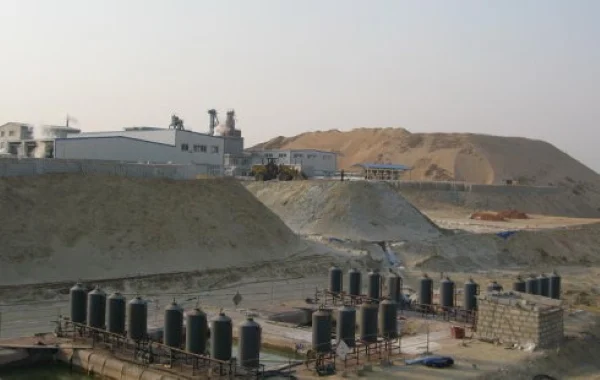
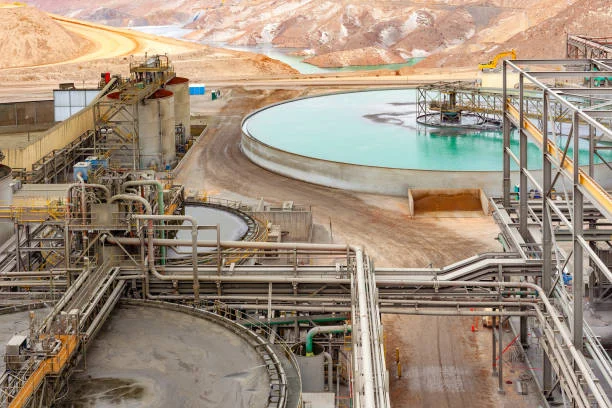
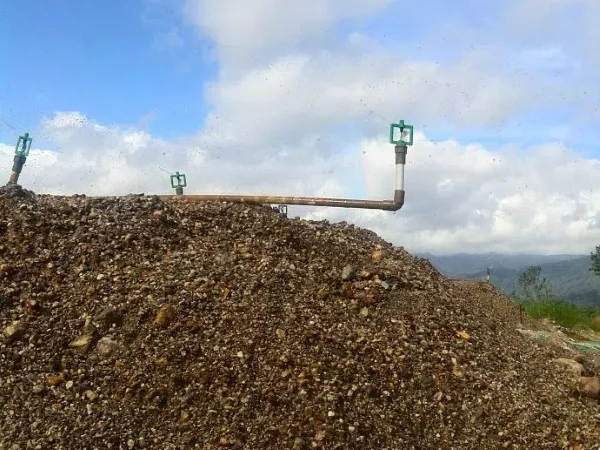

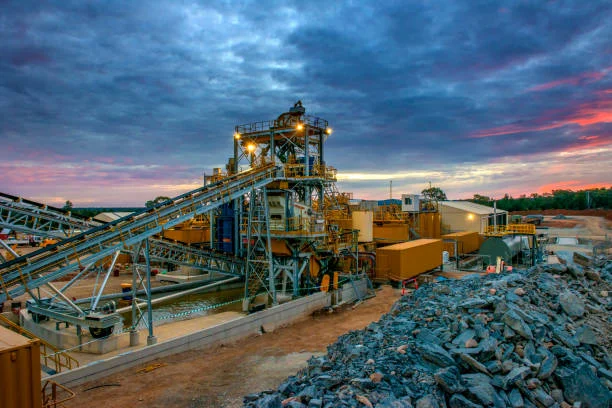
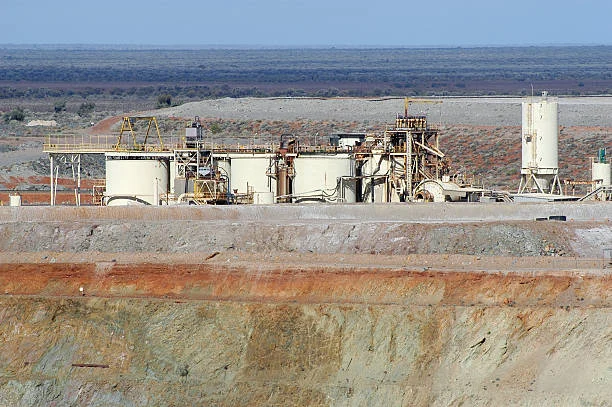
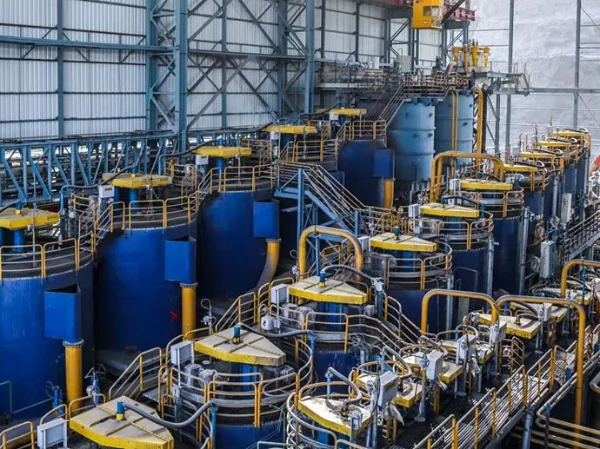
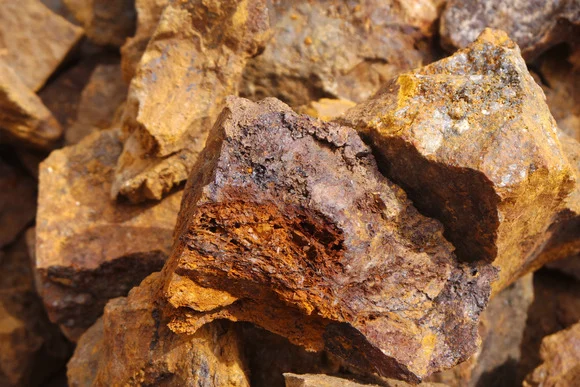

Leave a message with your needs or comments
Add comment: